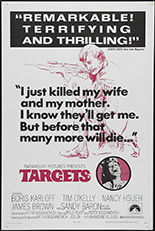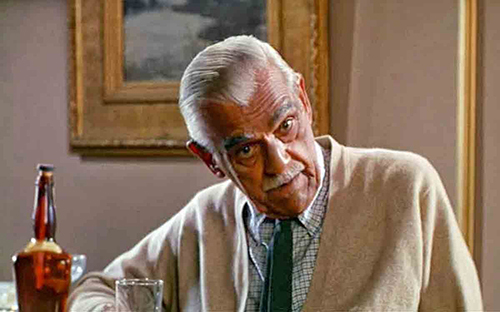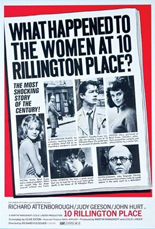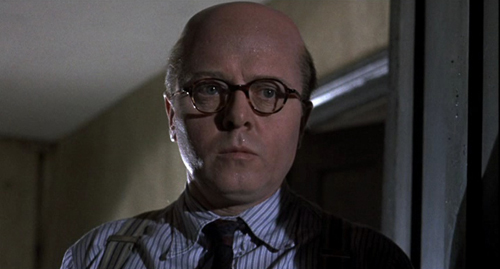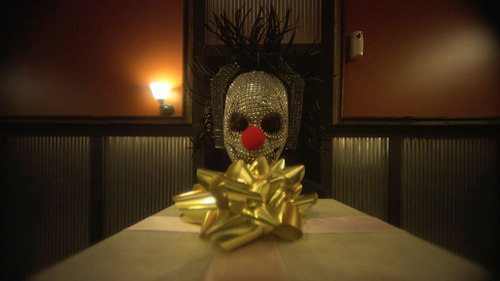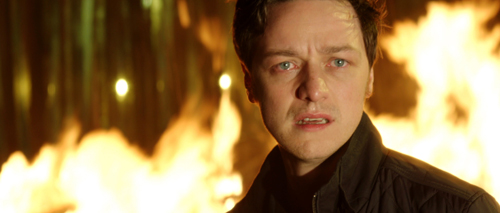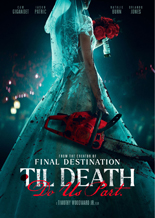
 Wedding bells are ringing … until they don’t, when the bride decides she can’t go through with the nuptials and flees. To find her, the gobsmacked groom sends his seven groomsmen on a “containment mission” — odd word choice, if not for all of them being highly trained assassins, would-be spouses included.
Wedding bells are ringing … until they don’t, when the bride decides she can’t go through with the nuptials and flees. To find her, the gobsmacked groom sends his seven groomsmen on a “containment mission” — odd word choice, if not for all of them being highly trained assassins, would-be spouses included.
Til Death Do Us Part. Get it?
From Timothy Woodward Jr., director of 2020’s The Call, the colorful thriller plays like a siege picture, as the bride (Natalie Burn, Mechanic: Resurrection) holes herself up in a house whose threshold the groomsmen attempt to penetrate. As they do, the bride goes mano y womano against them, whether using a chainsaw, a golf club or considerable martial arts skills that can’t be easy to execute while wearing a wedding gown.
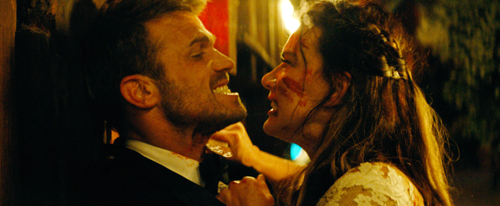
These balletically choreographed fight sequences are the strongest minutes of Til Death Do Us Part; as a showcase for Burn’s pure physicality and athleticism, the film succeeds. Outside of that, it’s a mess. We’re made to feel the pain of every punch of a tussle, until the soundtrack suddenly does a tonal 180˚ by pulling a cover of “Rockin’ Robin” or a Frankie Valli soundalike single from its jukebox. In this way and others, the movie is often at odds with itself.
While many of the groomsmen look and behave like Tarantino cast-offs, best man Cam Gigandet (2017’s The Magnificent Seven) dances (sometimes literally) through his part as if he were competing against George Clooney for the lead in a comic caper set at a charm school. Meanwhile, an unrecognizable Jason Patric (Speed 2: Cruise Control) pops up in a super-sober subplot I don’t believe was designed to confuse its audience as long as it does.
One thing that is designed to pull the proverbial wool is the movie advertising itself as “from the creator of Final Destination.” While Jeffrey Reddick serves as a primary producer alongside Burn and Woodward, he’s not credited with the script. Til Death Do Us Part lives not only in a different genre, but has none of that franchise’s cleverness or entertainment ROI. Consider that a divorce. —Rod Lott

